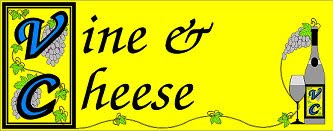I make no apologies for this post...just trying to stay current here.
The most successful thing we've done in recent years has been our chocolates and now that supplier has recommended we try their chocolate covered gummis, like it's the latest thing. Well, I guess, from their perspective it is the latest thing. So we'll give it a try. I figure it's got to do better than the chocolate mints, which were a real bust.
Anyway, here's what we now know about gummis.
Chewable sweets resembling gummis were first created in Lancashire, England in 1864 as a church charity confection. They became commercial gummis in 1920's Germany under the auspices of the Hans Riegel candy company, which would soon become known as Haribo, a company still in existence today.
Apparently trained dancing bears in street shows were popular in Europe a hundred years ago so Haribo gummis were made in bear-shaped molds. To say these bear candies were popular would be to understate things a bit. They were sold successfully everywhere on the continent.
Gum Arabic was the original gumminess of the candy before gelatin became the base ingredient. Other common ingredients include corn syrup, sucrose, starch and water, food colorings and flavorings. The flavorings may be sharpened by adding food acids like citric or malic acids.
The gelatin base is most commonly sourced from pork which is frowned upon in some circles so starch and pectin may be substituted. And the chocolate coating is the same chocolate our customers say is the best in town.
So what do we pair with this fine confection? Boylan's Cream Soda, of course!



